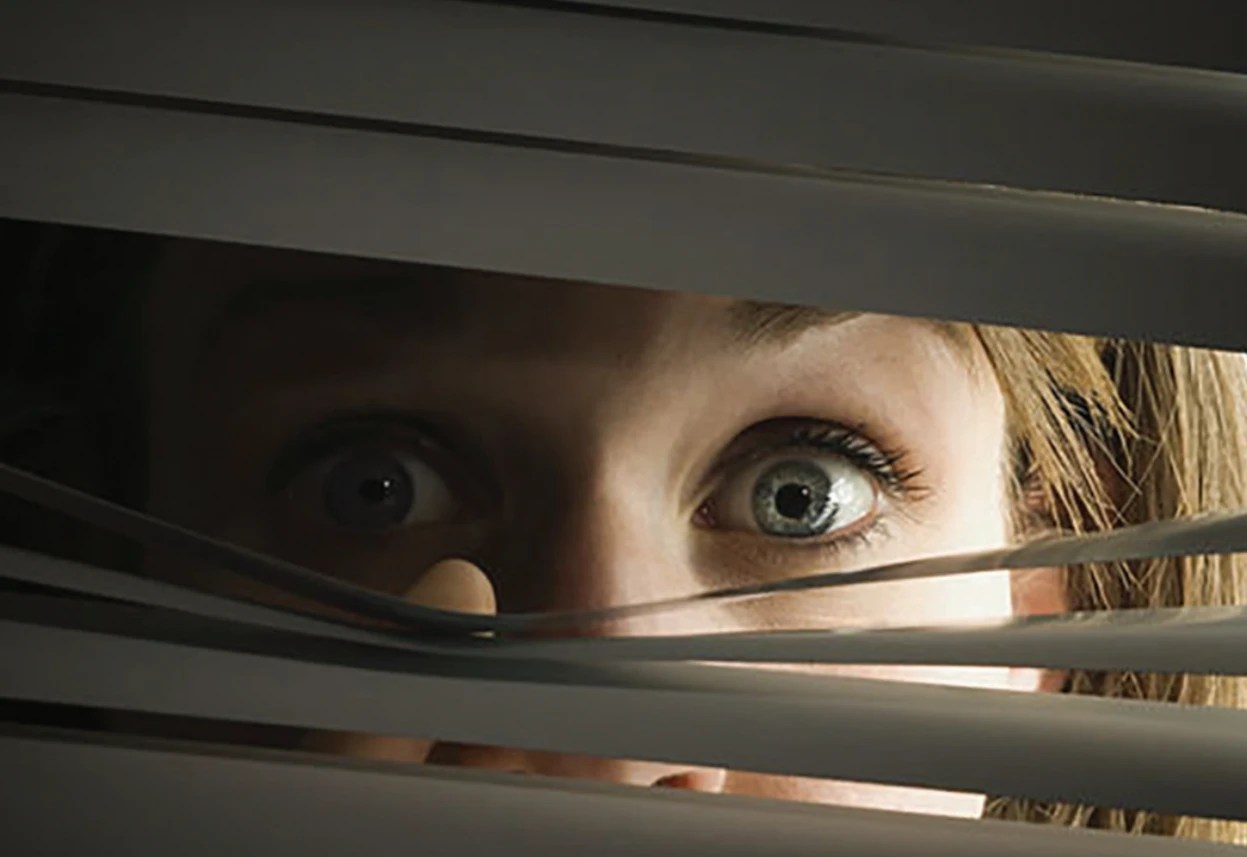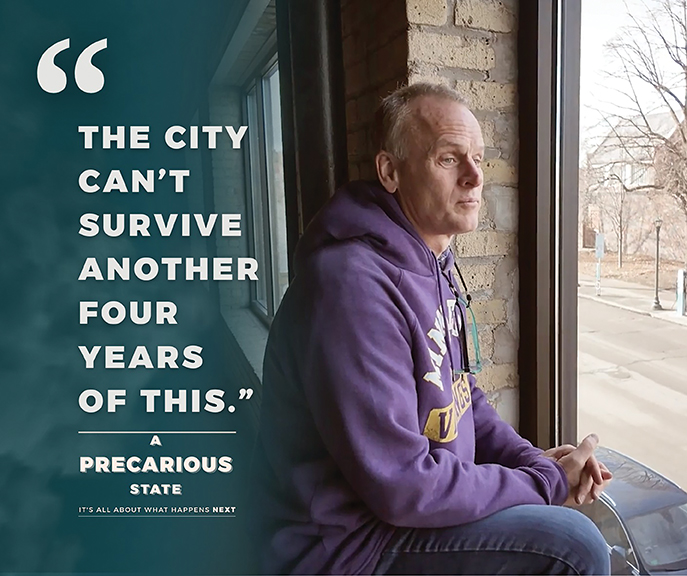Let’s talk about clearing — not to be confused with cleaning — and saying no to the curse of clutter and getting down to the essence of our lives. Dusting, vacuuming and tidying up, so much as I like them, merely maintain.
They don’t lighten the crushing weight of our often beloved possessions. Clearing is about getting rid of the stuff that clogs our drawers, closets, attics and lives.
Saying no to clutter has become an essential part of my life, a method of living which I came to call Pass It On — long before Marie Kondo, with her famous edict, “If it doesn’t spark joy, discard it,” came on the scene. I didn’t develop this method so much as it developed me.
It began when my father died, some 30 years ago. At the time I was living in St. Paul in a house my mother had inherited from her Aunt Grace, who died shortly before I finished graduate school in St. Louis.
Not wanting to deal with selling the house, Mom asked if I wanted to live there, which was perfect as I’d just taken a job in St. Paul.
Grace never married and bought the house when it was built in 1922, a standard-issue bungalow: living room, dining room, kitchen, two bedrooms, one bathroom. The basement, true to its era, had a fruit cellar, a coal bin, a spaceship-sized furnace and a wringer washing machine. Upstairs was an unfinished attic that revealed, as all our houses do, Grace’s personality and marrow.
The main floor was well-appointed and pristine. The basement held almost nothing — a few random pieces of furniture, the wringer, and, alas, the coal bin still full of coal that I had to deal with. Ever practical, I asked my dad if it was safe to use the coal for grilling. He replied with a wink, “Well, if anybody dies, don’t use it anymore.” I bought charcoal.
But, oh, that attic. Grace wasn’t a hoarder, but like many people who lived through the Great Depression, she was very much a saver. Anything she’d ever owned was up there: clothing, knick-knacks, linens, tools, kitchen implements, books, gardening tools, newspapers, dishes, three Underwood typewriters, furniture, mirrors, jars (countless jars!), holiday decorations, cards, pencil nubs. And every receipt, invoice and piece of paper for everything ever: Piggly Wiggly (groceries), The Emporium, The Golden Rule, Schuneman’s (department stores), utility bills, pension checks and tax statements, along with bridge tallies and dance cards from the St. Paul Athletic Club. Somehow it was all Grace, a portrait of both her and an age.
And an old, ugly sofa that I would sit on when I needed to be really, really alone to think.
I returned from my father’s funeral numb with grief and headed upstairs with a can of Diet Pepsi. Sitting on that grim couch, going over the sad events of recent days, I looked out on the sea of effluvia and it just came to me: If I can bury my father, I can sure live without all this stuff.
I got up, grabbed a box and put five things in it. I felt better. As he’d died five days earlier, I put in another 20 things, and decided in honor of my dad, who loved simplicity, I would get rid of five things a day for a year. I kept that promise, and each day I felt a little better. It became a form of prayer.
I’ll do the math for you: five things per day multiplied by 365 days equals 1,825 things over the course of a year. It sounds like a lot but there was a lot to deal with, and months passed before I noticed a difference upstairs.
By then I’d begun winnowing out my own inventory, feeling lighter and less infatuated with things. When I had half a dozen boxes or so filled, I’d drive them down to the St. Vincent DePaul store on West 7th St.
This was the Pass It On part of it — the flow, the river of objects changing as they went from superfluous to useful again, a joy to someone else. Not everything went to charity; some items went to friends and history buffs, and other earmarked and appreciative destinations.
The year was up, and I kept going. Seven years later I got married and moved to Minneapolis. By then the house was fairly freed of all things unnecessary, a celebration of my father’s spirit: Living without became living with.
Two miraculous perks were the house was realtor ready and the move was clean and simple. I still get rid of things every day and keep a stash of boxes in the basement. When they’re full, my dear friend and neighbor Janice Peterson, who volunteers at Central Lutheran’s Free Store, carts them off. And I always feel better, freer, uplifted.
Pass It On. Try it, you might like it.
— Dorothy






